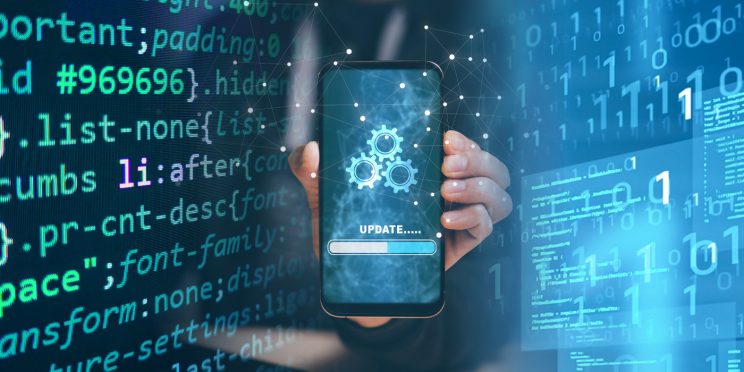Original Release Date: September 3, 2020
In episode eight of our 2020 Digital Evidence season, Just Science interviews Dr. Kathryn Seigfried-Spellar from Purdue University about the impact of disturbing media on forensic professionals.
Repeated exposure to violent and graphic media can have long-term negative effects on digital forensic examiners. Dr. Kathryn Seigfried-Spellar is researching the connection between disturbing media and the examiners who analyze it every day. Listen along as she discusses digital forensic examiners and the impact of disturbing media in this episode of Just Science.
This episode of Just Science is funded by the National Institute of Justice’s Forensic Technology Center of Excellence [Award 2016-MU-BX-K110].
Related Resources
Guest Biography
Dr. Kathryn Seigfried-Spellar is a Associate Professor in the Department of Computer and Information Technology (CIT) at Purdue University. Dr. Seigfried-Spellar studies the intersection between the behavioral sciences and technology-facilitated crime and digital forensics. Her most recent work focuses on the psychological well-being and job satisfaction of digital forensic examiners and multimedia analysts exposed to disturbing media. Dr. Seigfried-Spellar is a Fellow of the Digital and Multimedia Sciences section of the American Academy of Forensic Sciences (AAFS), member of the International Association of Law Enforcement Intelligence Analysts (IALEIA), and a member of the American Psychological Association (APA). She is also a deputized Special Investigator (Tippecanoe Prosecutor's Office) and member of the Tippecanoe High Tech Crime Unit (HTCU).
The opinions, findings, and conclusions or recommendations expressed in this podcast episode are those of the presenter(s) and do not necessarily reflect those of the U.S. Department of Justice.
Contact us at ForensicCOE@rti.org with any questions and subscribe to our newsletter for notifications.




